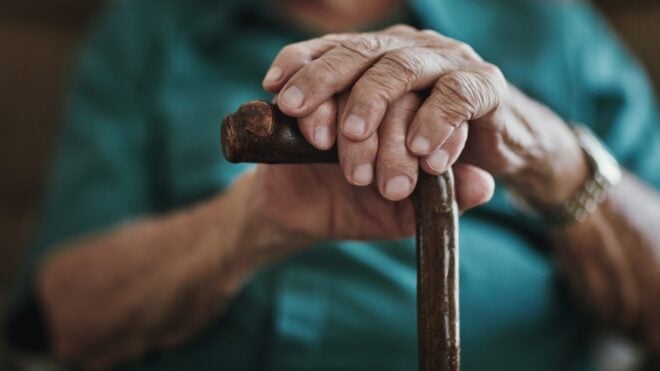The Food and Drug Administration estimates that roughly 30 million Americans use indoor tanning beds each year, including 2.3 million teens. According to USA Today, these devices are related to more than 400,000 cases of skin cancer each year.
Ashley Trenner was an avid tanner. Since she lived in Washington state, using a tanning bed was the only way to keep a bronze skin tone 365 days a year. Her tanning habit started in high school, and over the years it grew into a full-blown obsession. According to the Skin Cancer Foundation, UV light increases release of feel-good chemicals that generate feelings of well-being, which can lead to addiction. Ashley grew dependent on the endorphins provided by the UV rays, and she simply felt she looked better when she was tan.
Despite the pleas from her mother to stop tanning in her late 20s, Ashley thought she was immune to the dangers. She ignored that growing lesion on her skin. Eventually, the lesion became too painful to ignore, so she made an appointment with a dermatologist.
What happened next is something everyone should see. It could seriously save a life.
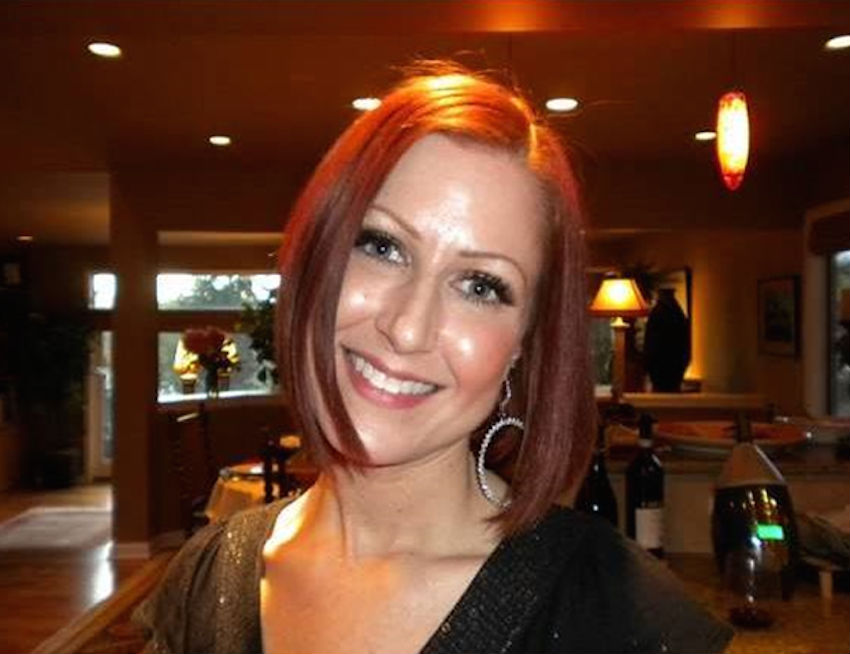
Ashley Trenner grew up in the state of Washington. Anyone who lives in the Pacific Northwest will agree that the dreary, rainy climate doesn't make it easy to maintain a year-round tan.
Ashley was always gorgeous and slim — but her fair skin made her self-conscious. So, for 15 years straight, she visited tanning beds several times a week.
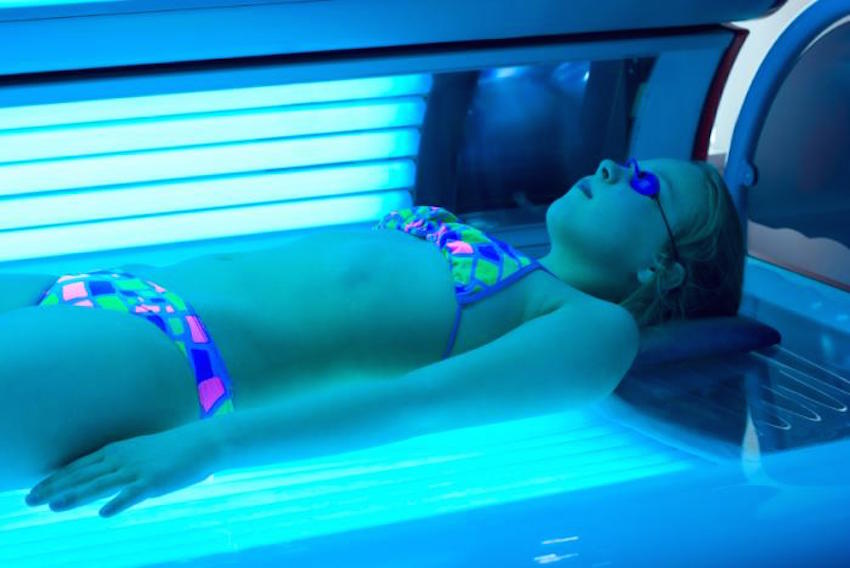
Ashley was outgoing, kindhearted, and had many friends who loved her. But like many teens and young women, she also suffered from low self-esteem and body image issues.
During high school, Ashley started tanning with her mom. At first, it was a casual way to primp before a date or vacation. But as time passed, Ashley became addicted to the UV rays and the instant gratification of seeing her bronze skin tone.
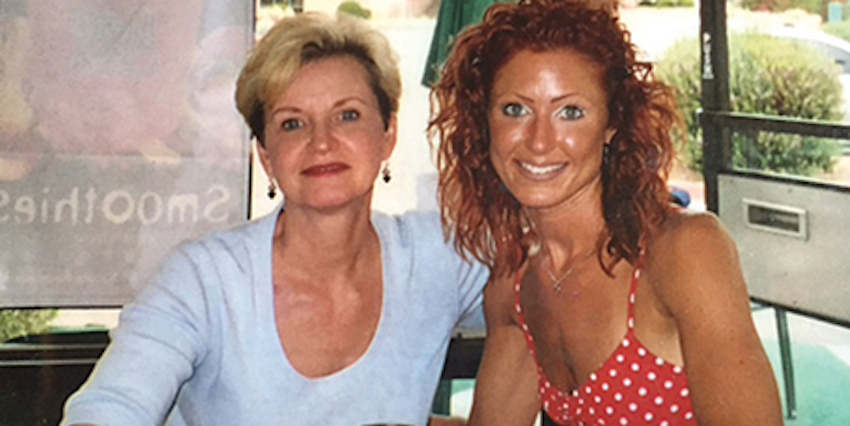
By the time she hit her 20s, Ashley's mom was begging her to stop tanning. "I thought I was invincible and would never get skin cancer," Ashley wrote on her blog.
One year after having a small benign lesion removed, it returned — but Ashley just ignored it. Only when the lesion grew larger and painful did Ashely finally agree to see a dermatologist. At age of 33, she was diagnosed with melanoma.
The tumor and lymph nodes were removed, and for three years she remained cancer-free. But in November of 2009, Ashley noticed a black and blue lump on her right hip. The melanoma came back, and this time the outlook was grave.
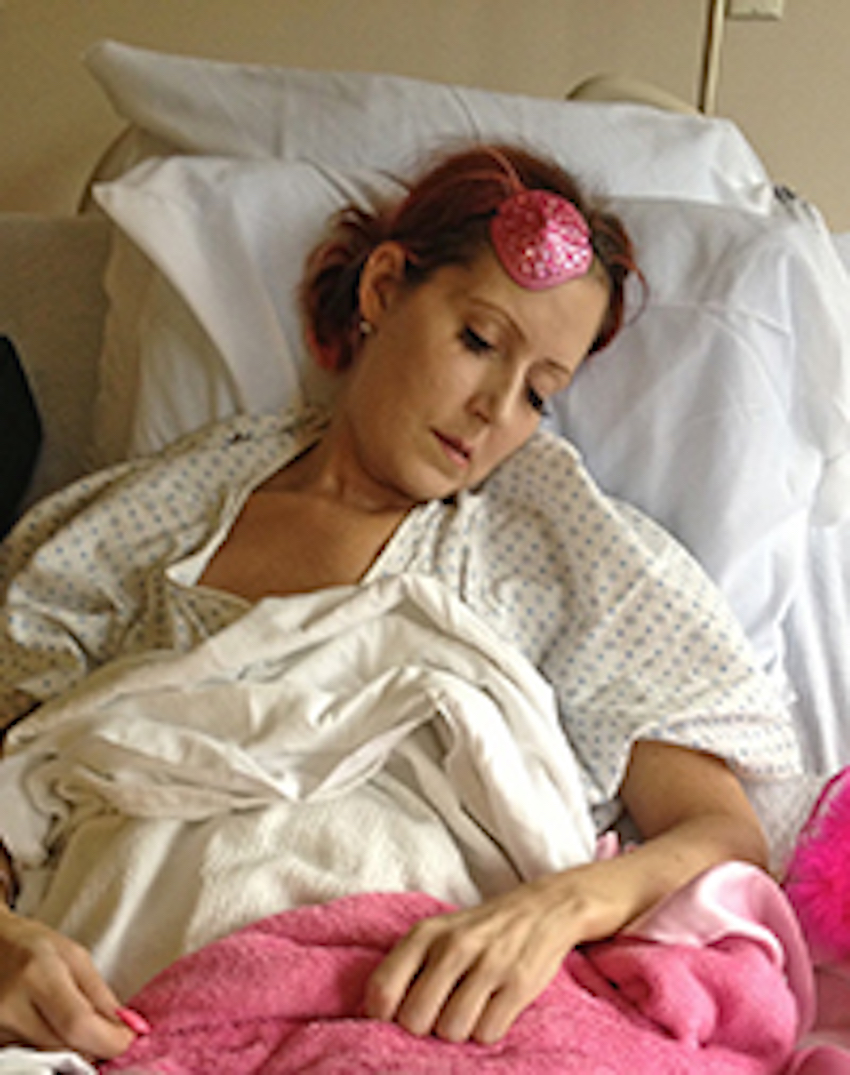
Ashley knew what she had to do. She embarked on a mission to spread awareness about the dangers of tanning beds and not using sunscreen. TV station King 5 interviewed her from her hospital bed, half of her face paralyzed from the tumors. "I paid money to be in the position I’m in now," she said. "I literally paid to get this terrible disease that is killing me."
After the news segment aired, countless strangers reached out to Ashley and her family, vowing to never tan.
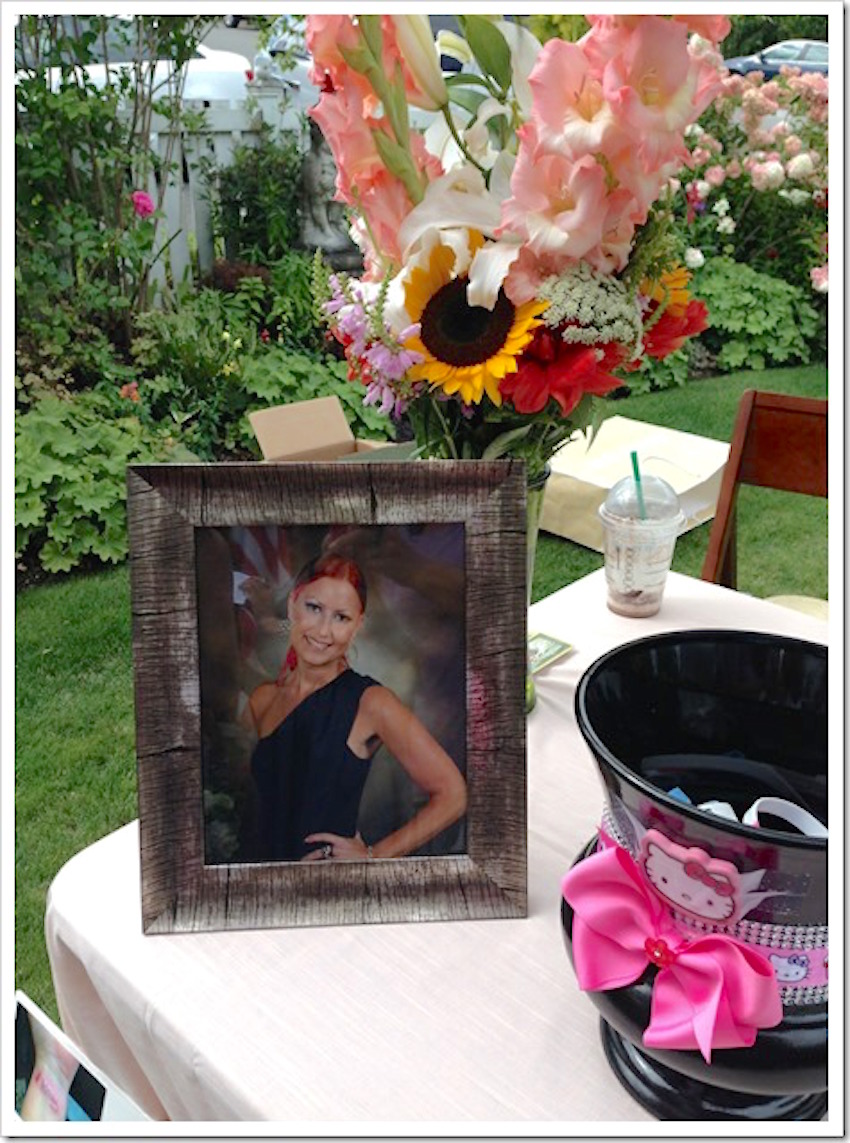
On her deathbed, Ashley revealed her final wish: "If there’s one person’s life I can affect, that’s a beautiful gift I can give to somebody."
On March 15, 2013, Ashley passed away after a seven-year battle with melanoma.
Fueled by Ashley's story, Oregon and Washington both passed laws putting higher regulations on the use of tanning beds. On the one-year anniversary of her death, two teenage daughters of Ashley's close friend inspired hundreds of students to sign a petition, vowing never to use a tanning bed.
Ashley's story is something everyone should see, as it can literally save a life. Please SHARE this with your friends on Facebook, and spread the world.


